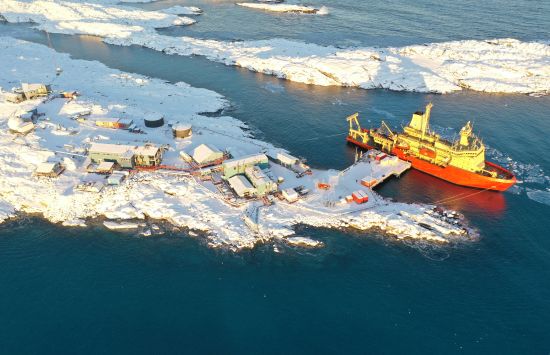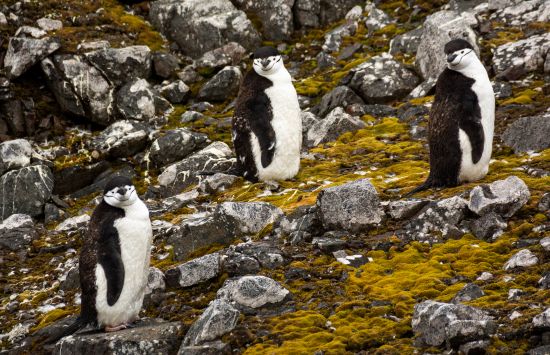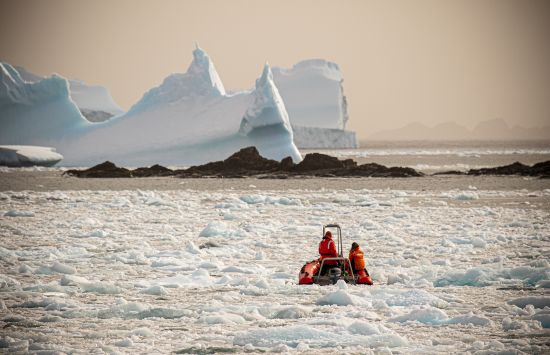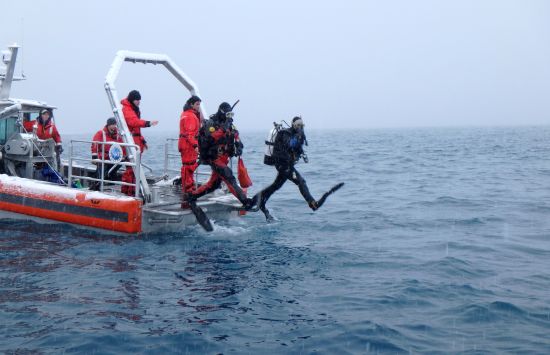Location
- Located at 64° 46.45’ S, 64° 3.2’ W, on a protected harbor on the southwestern coast of Anvers Island off the Antarctic Peninsula.
- Generally accessible year-round by ice-strengthened vessels, with sea ice conditions varying by season.

Biodiversity, natural environment and climate
- Known for its diverse marine ecosystems, including krill, fish and various species of whales, seals and penguins.
- Home to several bird species, including the Adélie, Gentoo, and Chinstrap penguins, as well as skuas and petrels.
- Experiences milder temperatures compared to interior Antarctic regions. Annual mean temperature is -1.8°C (28.8°F).
- Receives around 25.9 inches (658 mm) of precipitation annually, including snow and rain.

History
- The station was established in 1968 on Anvers Island, off the Antarctic Peninsula. It is the only U.S. research station located north of the Antarctic Circle.
- Named after Nathaniel Brown Palmer, the American sealer who was one of the first recorded northern hemisphere explorers to sight Antarctica in 1820.
- The original station, "Old Palmer," was built in 1965 on nearby Amsler Island. It served as a base for building the current station and was later dismantled in the 1990s.
Facilities
- Infrastructure includes 26 buildings, including two primary buildings, with several smaller structures for support services.
- Terra Lab houses a variety of observing instruments, including geospace receivers, global positioning system antennas and a UV monitor.
- Mary Alice McWhinnie Laboratory includes seawater aquaria and facilities for a variety of biological research projects.
- In 2022, a new $44 million concrete pylon pier was completed, enhancing the station’s ability to dock research vessels and improving logistics and supply capabilities.
Population
- Up to 46 people during a week in the summer season.
- Up to 22 people during a week in the winter season.
- 50 people move through the station annually.
- 34,560 meals are served a year.

Scientific research and activities
- Most research at Palmer Station centers on marine biology, including studies of krill, penguins, seals and the broader Antarctic marine ecosystem.
- Research also includes studies on climate change, meteorology and the impact of warming temperatures on the local environment and wildlife.
- The station is part of long-term monitoring programs such as atmospheric studies, UV radiation measurements and climate data collection.
- Palmer Station supports global monitoring networks for seismic activity, contributing data to studies of Earth's geomagnetic properties.

